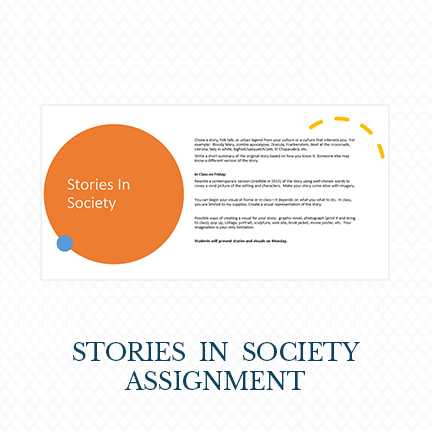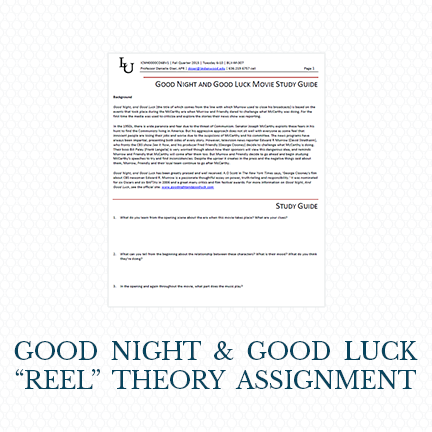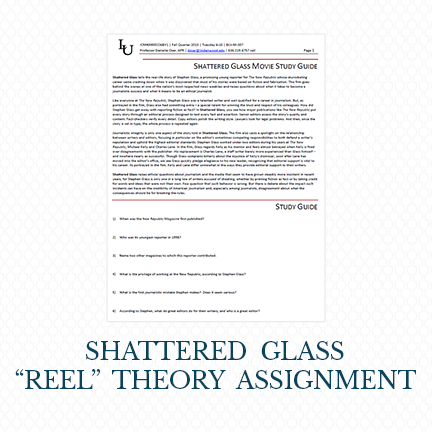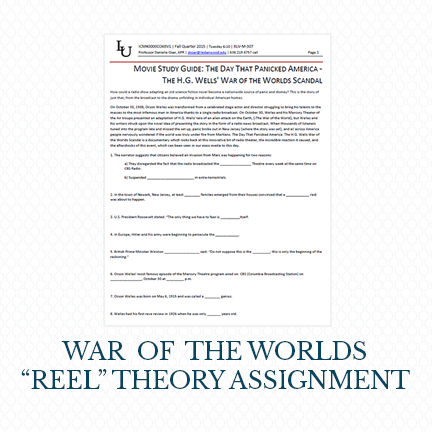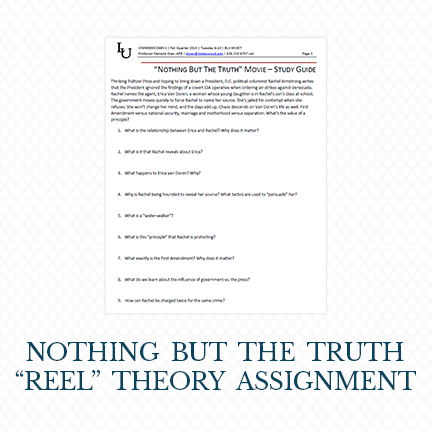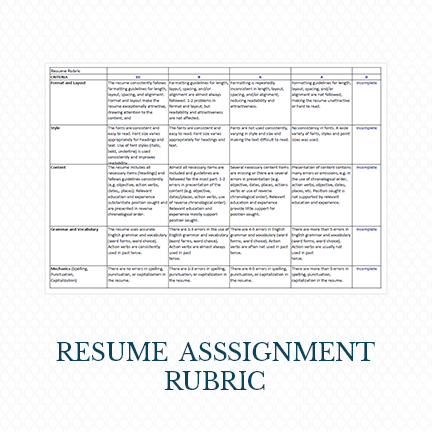“The instructor has professional experience in this field and was able to offer additional information to help us in the learning process.”
“The instructor used her personal and professional knowledge to bring insight that was lacking through the text.”
Description
This course develops and advances presentation skills and business etiquette as it applies in various communication settings in all career and project development phases. Students are expected to select a project important to their intellectual and professional development in communications skills and apply appropriate assessment criteria to various presentation styles and formats through all phases of the capstone project.
This course is primarily an examination of persuasion. We will examine persuasion from various perspectives and consider how the target, the techniques, the source, the message, and the communication channel all interplay in persuasion.
- Target: Any persuasion attempt must consider the characteristics of the target. A successful persuasion attempt directed at one population subgroup may fail when applied to a different subset.
- Techniques: There are a variety of styles available for any persuasion attempt. Knowing when and how to use these techniques effectively is central to any persuasion attempt.
- Source: Persuasion attempts can originate from various sources (e.g., parents, friends, government, and business). What characteristics of a source are typical within successful persuasion attempts?
- Message: Although the content conveyed in different persuasion attempts will change, some features can be utilized within a message to improve the effectiveness of persuasion attempts.
- Channel: There are multiple methods to reach a persuasion target (e.g., print, word of mouth, the internet). We will examine the strengths and weaknesses of different channels.
Objectives
Historical Development and Trends in Communication This course is an overview of the communication fields, including identifying its varied elements, history, and trends:
- Know the inventors and early practitioners of specific communication technologies.
- Know significant events and ethical and legal issues in the mass media industries.
- Identify the social and historical context of media artifacts/programs.
- Identify current trends and values associated with media technologies.
Media and Society (Ethics and the Media) This course includes readings and discussions of central issues involving media’s impact on society. Significant ethical and legal issues are included. The content covers a variety of media.
- Demonstrate effective oral communication and presentation skills
- Know significant events and people in the development of Environmental Communication
- Apply critical thinking and interpretive strategies to mass-mediated messages about the environment
Theories of Communication This course introduces the works of major theorists and theories in interpersonal, organizational, public relations, intercultural, and mass media.
- Demonstrate effective written communication
- Identify communication theorists to their theories.
- Demonstrate an understanding of the significant communication theories in intra/interpersonal, gender, small group, organizational, and intercultural communication.
Instructional Methods
- “Reel” Theory Papers
- The “Reel” Theory Paper allows you to display a practical understanding of communication theory in “reel” life.
- This paper will be centered on the general theme of communication and theory, with specific comments addressing a number of the themes and topics identified in class discussions and the text.
- Papers should explain various theories and theoretical elements from the text.
- Section One: Briefly address the essence of the movie. In this part of the paper, the goal is to clarify your general understanding of the movie, perhaps by explaining what you see as the director’s intentions [or those of the writer(s)]. In this paper section, you should identify both their thesis and the paper’s preview.
- Section Two: Identify specific dialogue, explain the movie’s themes, and use the theory chosen to guide this discussion. This part of the paper aims to demonstrate a theory’s applicability to the mediated example. You may use any theory or combination of theories in the paper, taking care to find specific instances to support your thesis. You should include an analysis of the movie’s scene. You should not simply describe the film without analyzing how the background relates to the concepts.
- Section Three: You should conclude the paper by briefly reiterating the main points and an overall assessment of the movie (good, bad, okay, and so forth) and why you evaluated it in a particular way.
- Communication Technology Monthly Budget
- Create a table of every communication device and subscription/service used in your household, the initial device cost, and any monthly cost for the subscription/service. This would include monthly magazine subscriptions, internet, TV and phone services, etc. Also, list the price of the communication device. Total each column to assess your monthly household communication budget.
- Communication Application Paper
- Select an article from the following academic journal(s): Communication Monographs, Communication Quarterly, Communication Studies, Communication Theory, Journal of Mass Media Ethics, Journalism and Mass Communication Quarterly, Mass Communication Review
- Write a 3-4 page review and application paper. The paper must include an article overview focusing on the thesis, theories, and findings. The application section of the paper will describe how the topic relates to a personal experience and assesses the strengths and weakness (pros and cons) of the article’s findings/claims. In what communication situations would this theory/topic be applicable?
- Chapter Presentation
- 45 minutes, including class discussion
- Each class member will prepare a presentation of an assigned section from one of the texts. The presentation must clearly outline and explain the major concepts without reading directly from the book. The idea of the presentation is for you to reflect on and offer applications of the concepts other than what you find in the text. The resulting presentation will be a concise study aid and “real life” supplement to the reader.
- Most importantly, you must include examples and explorations of your own: they cannot restate the text examples. This is your chance to bring in samples from the world around us. These samples can include activities, videos, handouts, and games — let your imagination run wild. I am looking for clarity of content as well as creativity.
- Your presentation should also include at least five discussion questions to engage your audience in the presentation (i.e., asking them if they have had a particular experience or if they have ever encountered a specific behavior). These questions will provide a post-presentation discussion for the class.
- Viewing Guides
- Writing Prompts Exams


